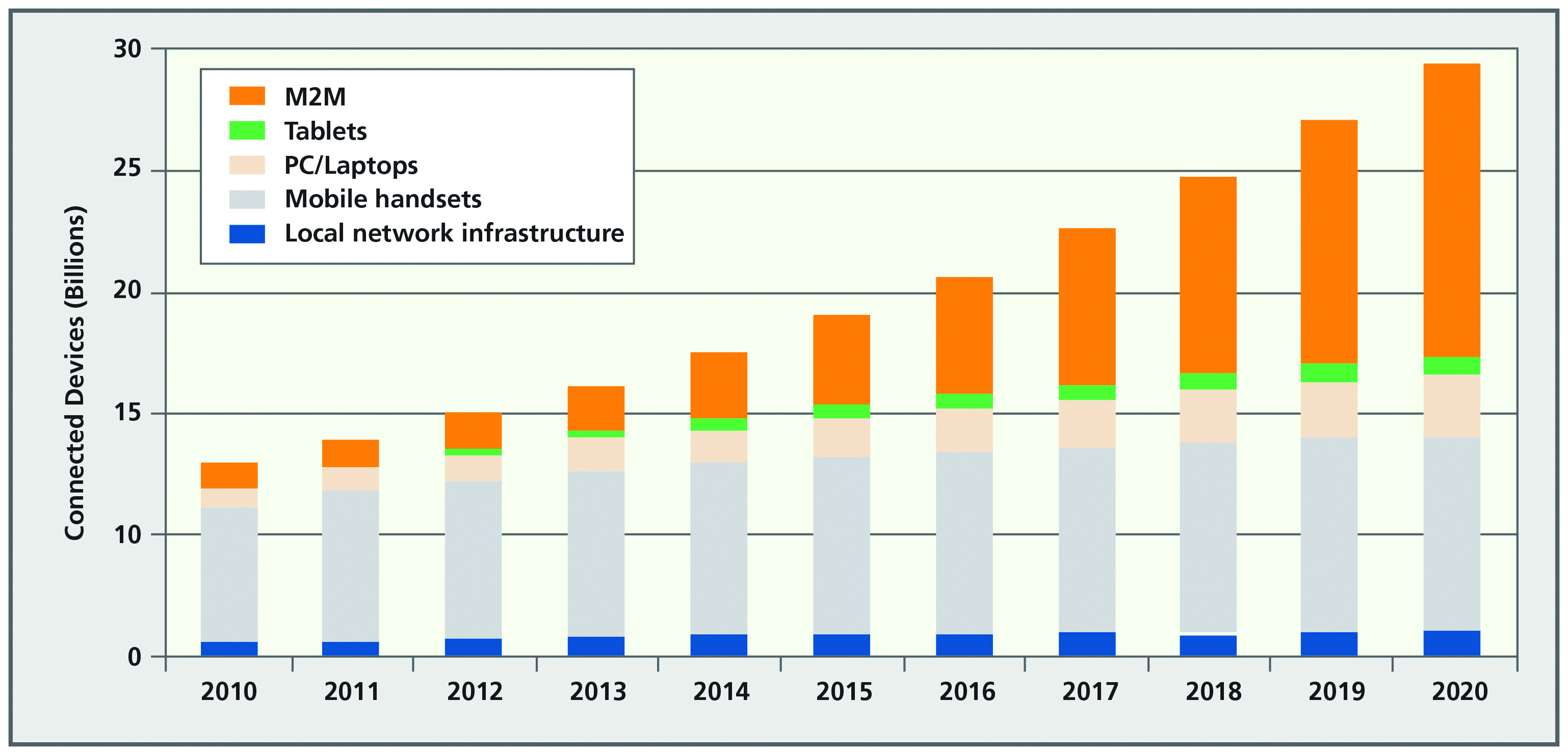
ACROSSER Technology, a world-leading onboard computer manufacturer, releases the product video for its 35-mm-high fanless in-vehicle computer, AIV-HM76V1FL. The footage displays a full view of each angle of this ultra-slim in-vehicle computer. All input and output interfaces are fully demonstrated with the computer lying horizontally on its 35-mm I/O surface. It takes not only substantial R&D effort to develop hardware with such thin client dimensions, but also numerous production checks to guarantee quality for on-road tests. This thin hardware platform showcases Acrosser’s expertise in industrial PC manufacturing.
The video familiarizes systems integrators and application engineers with the user interface (UI) for BIOS modification for power management settings. The ignition is used not only to turn the vehicle on and off, but also the vehicle PC as well. However, not all vehicle users follow the same ignition process; a subsystem to delay startup of the vehicle PC is necessary for some users. Therefore, we created a system that allows users to manually alter the power mode of the vehicle PC on ignition.
Contact Us:
http://www.acrosser.com
http://www.acrosser.com
Product Information:
Ultra Slim In-Vehicle Computer: AIV-HM76V1FL
Ultra Slim In-Vehicle Computer: AIV-HM76V1FL
Product Video:
https://www.youtube.com/watch?v=r8D4exq9LBI
https://www.youtube.com/watch?v=r8D4exq9LBI
Receive a product quote RIGHT NOW!
http://www.acrosser.com/inquiry.html
http://www.acrosser.com/inquiry.html
Subscribe to our social media sites and stay connected!
Acrosser Twitter
Acrosser Facebook
Acrosser Google+
Acrosser Youtube
Acrosser Twitter
Acrosser Facebook
Acrosser Google+
Acrosser Youtube



